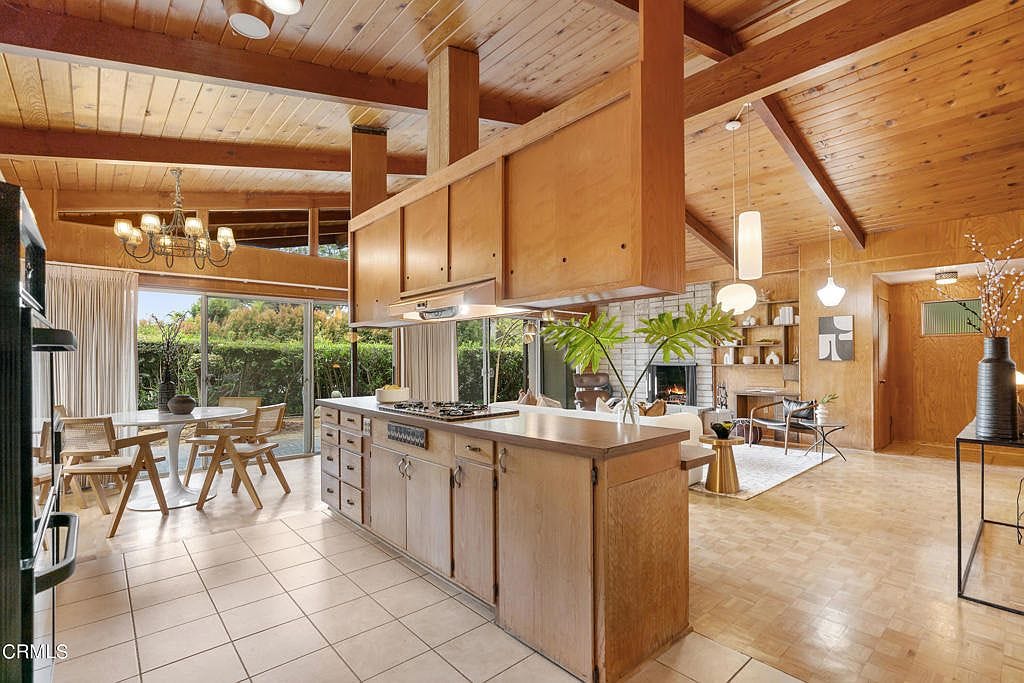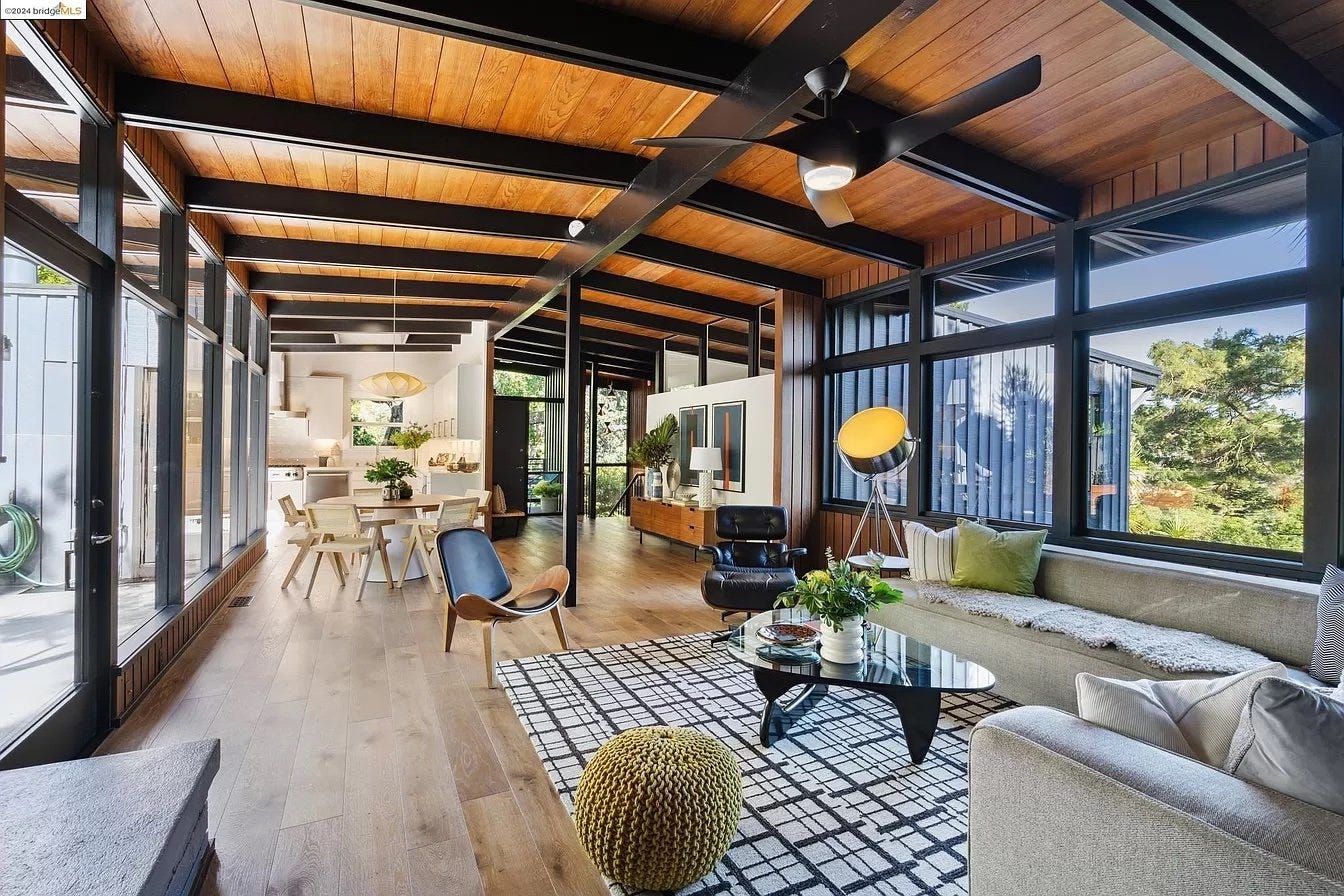From Austria to L.A. - The R.M. Schindler Story
Curated Mid-Century Modern Home Listings Available Now
Rudolph Michael Schindler (1887-1953) was a pivotal figure in shaping Southern California’s early modernist scene. Born in Vienna, Austria, to a middle-class family, Schindler received his architectural training at the Vienna Polytechnic University and the Vienna Academy of Fine Arts. He learned directly from the Austrian avant-garde, including icons like Otto Wagner and Adolf Loos, and classmate and lifelong friend Richard Neutra. However, his biggest influence was America’s Frank Lloyd Wright, who he began sending letters to in hopes of a future collaboration.
Encouraged by Loos, Schindler immigrated to the United States in 1914. He first found work in Chicago, taking a large pay cut for a role at Ottenheimer, Stern, and Reichert. In 1917, after nearly stalking the man, Schindler actually landed a position with Frank Lloyd Wright. Schindler's time with Wright proved to be pivotal, exposing him to the tenets of the the Midwest’s “Prairie School” architecture.
In 1920, Schindler moved to Los Angeles, a city experiencing rapid growth and a sprouting interest in modernism. There, he established his own practice and began designing a series of remarkable residential structures. Schindler's houses were characterized by dramatic and airy floor plans, bold geometric forms, and a focus on natural light and ventilation. He frequently employed prefabricated building materials and experimented with new construction techniques to create cost-effective and functional dwellings.
One of Schindler's most celebrated works is the Lovell Beach House (1922), located in Newport Beach, California. This concrete-and-wood structure is recognized as one of his most unique and remains well loved today. The home’s historical significance led to its documentation by the Historic American Buildings Survey in 1968 and its addition to the National Register of Historic Places on February 5, 1974.
While Schindler's designs were often praised for their ingenuity and progressive spirit, the architect faced criticism for his unconventional layouts and modest materials. Some clients and critics found his ideas too radical, resulting in a relatively limited number of commissions throughout his career.
In his later years, Schindler continued to design truly innovative structures, including the Kings Road House (1941) in West Hollywood. The architect passed away in Los Angeles in 1953. Though his output was relatively modest, Schindler’s legacy is measured in quality and influence. For those who know his work, Schindler is no doubt a favorite.
GEMS FOR SALE THIS WEEK
4259 Quail, Riverside, CA 92507
8929 Wonderland Park Ave, Los Angeles, CA 90046
780 Idlehour Ln, Sierra Madre, CA 91024
1910 Yosemite Rd, Berkeley, CA 94707
6145 Castle Dr, Oakland, CA 94611
Blackhawk Rd, Highland Park, IL 60035
4305 SW Dogwood Ln, Portland, OR 97225
17845 SW Shawnee Trl, Tualatin, OR 97062

















I enjoyed this post! His houses are unique because there is such contrast between the warmth inside and the geometry outside.